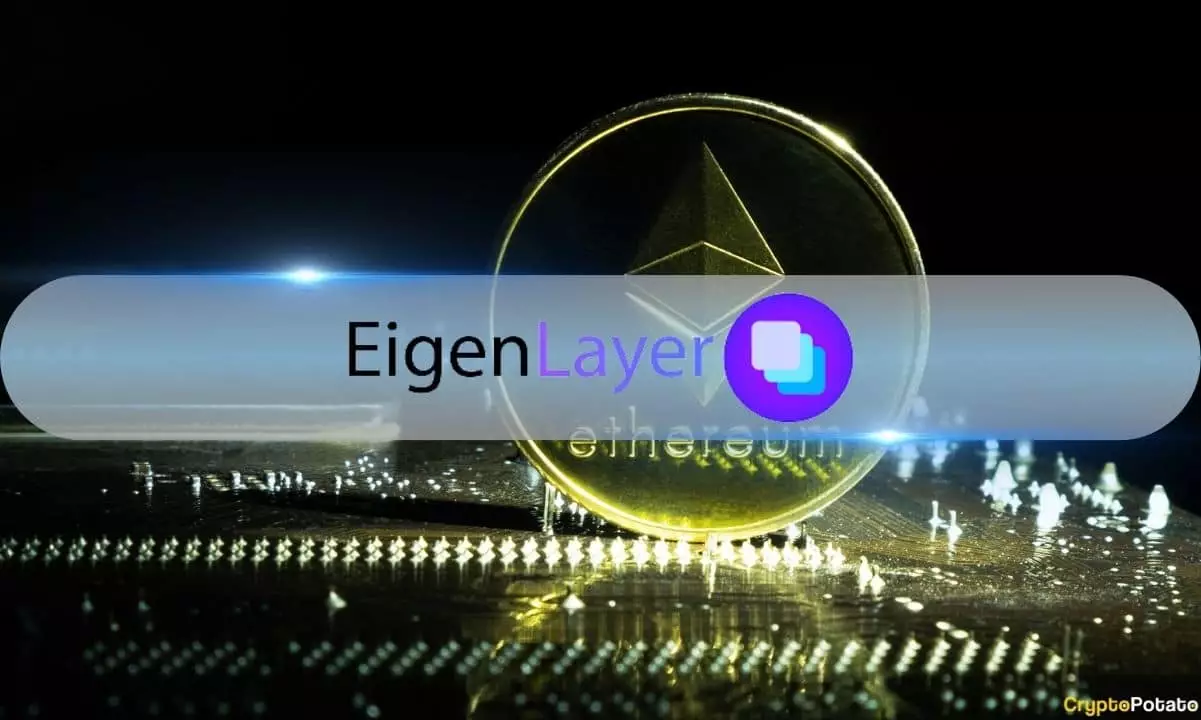EigenLayer, a prominent player in the realm of Ethereum re-staking protocols, has taken a significant stride with the announcement of its second EigenLayer Improvement Proposal (ELIP-002). This initiative aims to foster accountability and improve operational efficiencies within its ecosystem, crucial for maintaining the integrity of decentralized applications (DApps). The primary thrust of ELIP-002 lies in its introduction of penalty mechanisms—specifically, slashing—coupled with innovative frameworks including Unique Stake and Operator Sets. These components aim to empower Application Verification Services (AVSs) to uphold high operational standards by imposing repercussions on operators for any lapses in service.
At the heart of ELIP-002 is the slashing mechanism, designed to deter operators from engaging in behaviors that compromise their service delivery, such as computational errors or unanticipated downtimes. The slashing acts as a form of punishment that can deter potential negligence, thereby promoting a culture of reliability. Furthermore, the Unique Stake feature allows AVSs to delineate stakes based on individual operators, enabling a more customized approach. This means operators could potentially face penalties that are proportionate to the degree of their failures—a commendable shift towards a nuanced understanding of accountability in service obligations.
The introduction of Operator Sets establishes a structured approach to managing operators, categorizing them into easily manageable groups. This organization simplifies the operational landscape, ensuring that enforcement of slashing rules is not only efficient but also streamlined across various services offered within the EigenLayer ecosystem. By categorizing operators, EigenLayer fosters a conducive environment for enhanced compliance and operational harmony.
The significance of ELIP-002 extends beyond operational improvements; it aims to bolster user trust in the EigenLayer’s decentralized infrastructure. By equipping AVSs with robust tools for both rewarding compliant operators and penalizing those who fail to meet standards, the framework engenders a culture of fair execution. This commitment to reliability serves to enhance transparency and adaptability—key attributes that resonate deeply within the decentralized ethos of blockchain technology.
As part of the proposal’s rollout, EigenLayer actively invites feedback from its community. This openness signifies a collaborative approach, allowing stakeholders to voice their opinions and refine the proposal to better align with user expectations and needs. Additionally, the backdrop of restaking as a pivotal model for blockchain security cannot be understated. With over $27 billion in Total Value Locked (TVL) in restaking protocols and EigenLayer’s substantial contribution of over $18 billion, the momentum towards leveraging restaked assets for security appears promising.
The concurrent commitment from the Eigen Foundation to allocate 1% of its EIGEN token supply to the Protocol Guild underlines its dedication to enhancing Ethereum’s security and sustainability. With this ongoing commitment and community involvement, EigenLayer is poised to play a vital role in Ethereum’s future, ensuring that its intricate layers of security are upheld amid evolving technological demands.
















Leave a Reply